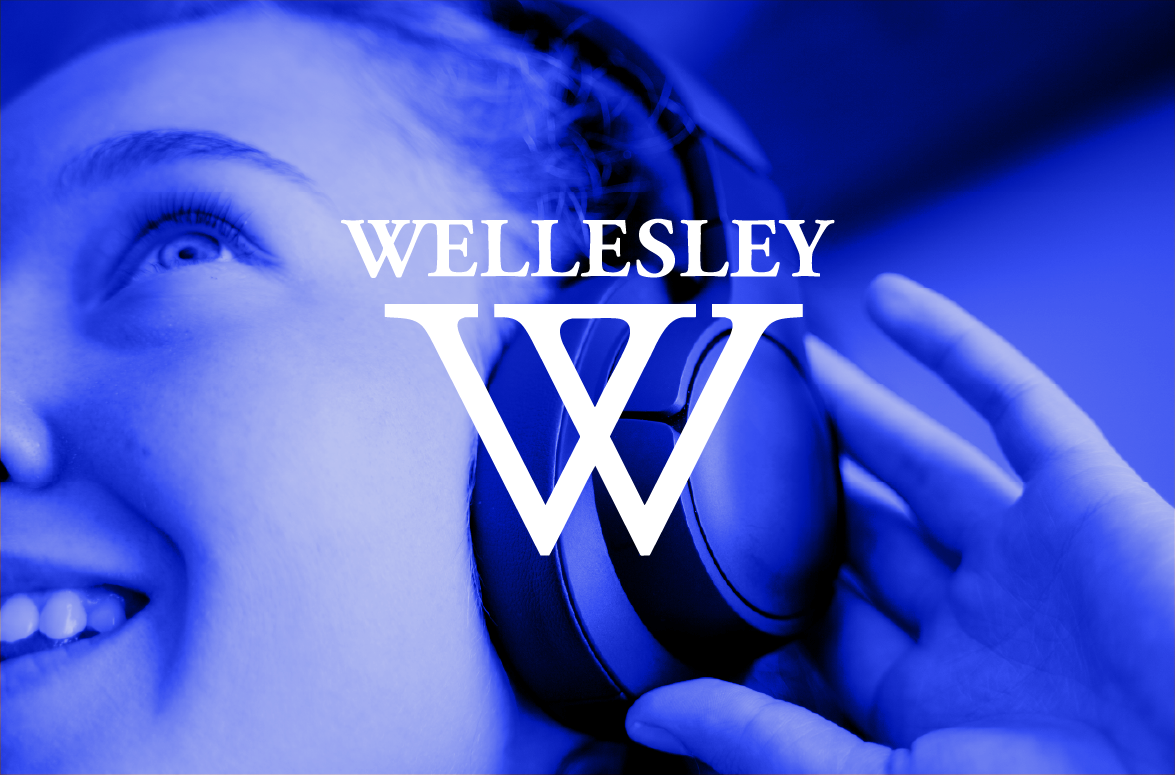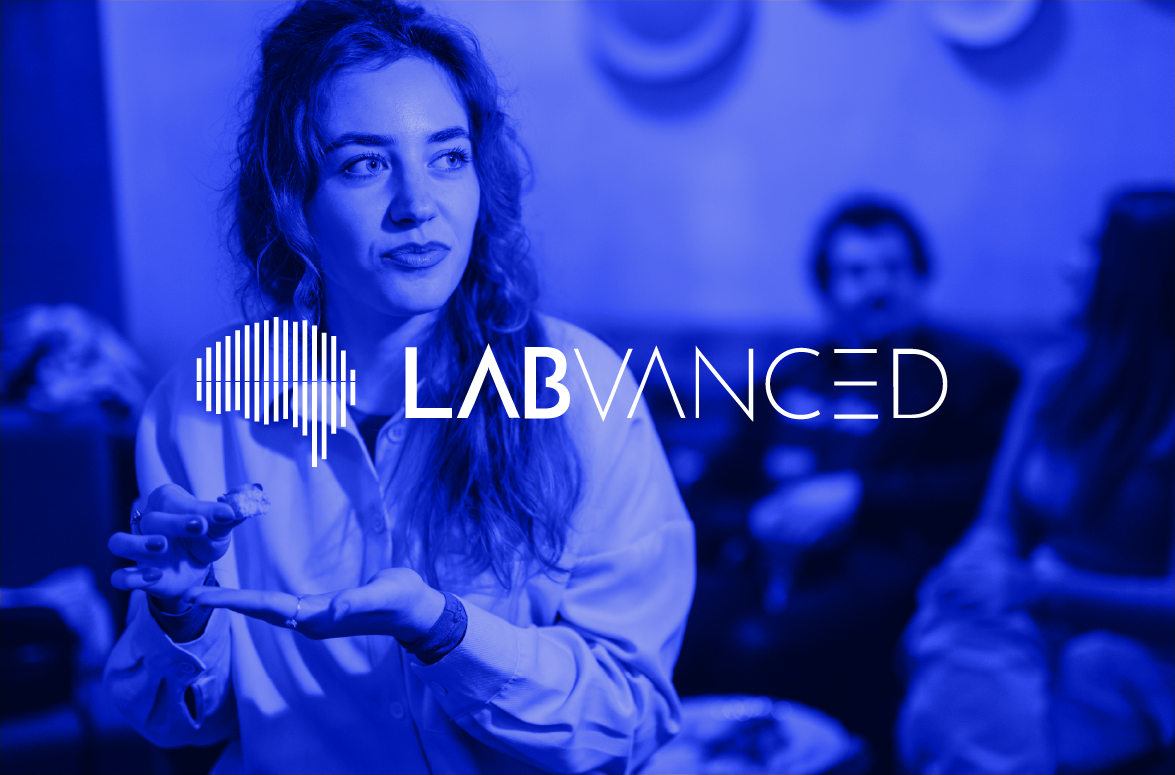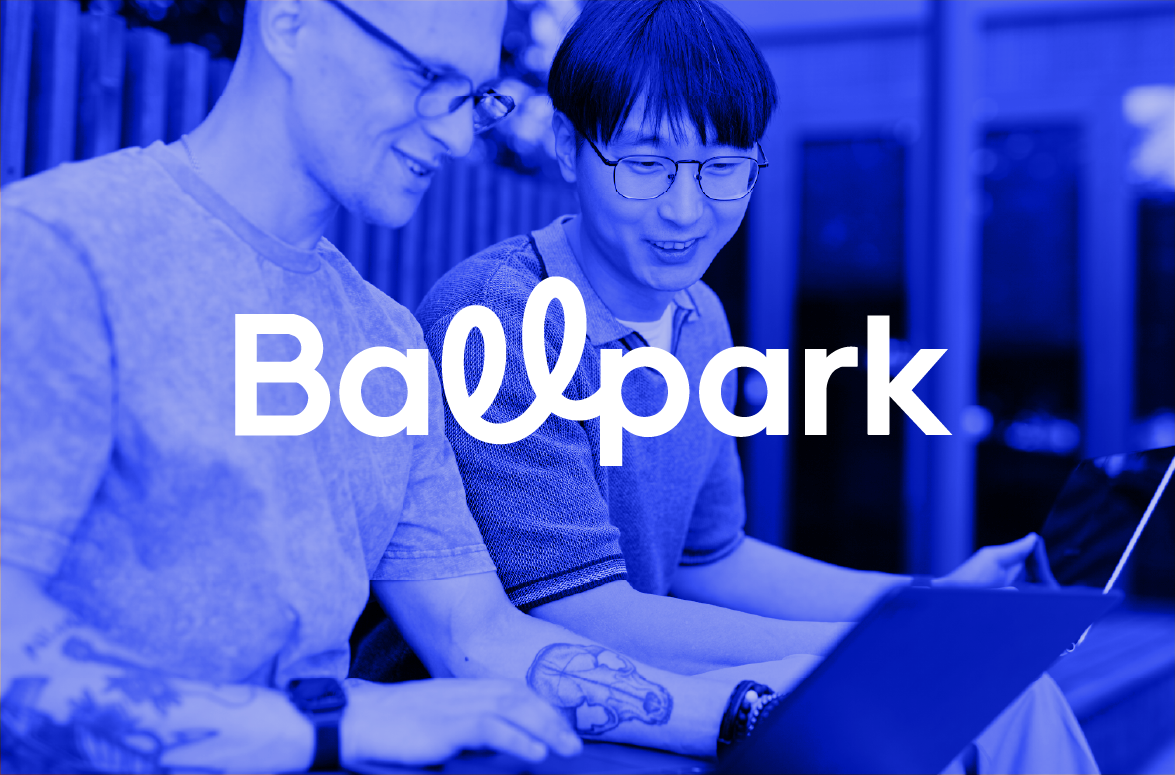The hidden impact of social media ostracism: An interview with Christiane Büttner

Social media platforms have become an integral part of how we connect with friends, share life's moments, and interact with one another. However, the rise of social media also introduces new ways in which people can feel excluded or ostracized from their social circles online. Past research has shown that even brief experiences of social exclusion can threaten our fundamental needs for belonging and connection with others, and significantly impact our mood and well-being.
I recently sat down with Christiane Büttner, the author of a recent paper investigating whether the psychological effects of social media ostracism are similar to experiencing ostracism in person. Their research provides new insights into how social media interacts with our psychology and has implications for both technology companies and users.
You can read the full paper, published in Computer in Human Behavior, here.
Could you give me a bit of an introduction to yourself and your area of research?
Sure, I'm about to start the final year of my PhD in social psychology at the University of Basel. My main area of research is ostracism, which involves social exclusion and being ignored or excluded by others. I also study the sources of ostracism, or the people who do the excluding. Additionally, I conduct research on understanding how and why people use social media. These two areas of research complement each other well.
Today we’re discussing your latest paper that does blend your two areas of research, can you tell me where the idea for this study came from?
It's actually a whole story. What I like most about social psychology is encountering everyday situations that make you think about research, and then getting to test it.
A few years ago, my partner and I were both invited to go bowling with a few friends. I didn't go, but he did. After some time, I was on the sofa checking Instagram and saw that one of the friends he was about to meet for bowling had posted a story to Instagram. She said, "I'm here bowling with my best friends," and tagged a bunch of people, but not him. I wondered if she had forgotten him or maybe they didn't follow each other, but they did.
I was already doing ostracism research at the time, so this was interesting to me. Normally, we think of social exclusion as a two-person or group thing, like not being invited to a party or being shut out of a conversation. But in this case, I saw him being excluded and potentially, a lot of other social media users could also see that he wasn't included in that post.
I later asked him if he saw that she didn't tag him and he said he was stuck in traffic and hadn't arrived yet. So although in this case there wasn’t any exclusion, it started a thought chain for me: Maybe she doesn't like him, maybe she doesn't really want him there, or maybe she excluded him on purpose. This was interesting to me and what got me interested in doing research on the topic.
I love it when research has a real-life backstory to it! Your paper is split into multiple studies, I was wondering if you could walk me through each one in terms of design and results?
Sure, in our first study, we started by asking if people experience social exclusion in the context of social media. We know that people experience social exclusion in their everyday lives, from not being included in children's play at preschool to being excluded from social activities at work as adults. But we wanted to know if this specific form of social exclusion happens in the realm of social media.
So, in this first study, we simply asked participants whether they had experienced:
- Not being tagged in another person's Instagram story
- Not being tagged in another person's Instagram post
- Being cut off from a photo in another person's Instagram post
- Seeing photos of others at an event that the participant attended as well but not being included themselves
Our results showed that these types of social media ostracism are very common.
In the second study, we then wanted to examine how these types of experiences make participants feel. In ostracism research, we theorize that being ostracized threatens our fundamental need to belong, we call this need-satisfaction.
In the next experiments, we measured need-satisfaction in response to cartoon-type illustrations of social media posts and told participants to imagine that they were one of the figures in the post.
In our control condition, we told them that “you and your friends took a photo and later one of your friends posted that photo on Instagram and you’re in the photo, and everyone looks great, and you were tagged in the photo.” Most of the participants in this control condition responded that they felt good about this scenario.
But we also had two other experimental conditions. In one, the participants see everyone in the photo - including themselves - but they were not tagged in the post. In the other, they were told that they were in the picture but that when it was posted on social media they had been cut out. Again, we asked participants “how does this make you feel?” When participants were not tagged we found that need-satisfaction goes down dramatically, and there’s even less need-satisfaction if you’re cut off in the photo. Participants even wrote in response to being cut out of the photo “This is not a good friend!” and “Who would do that?”
In the third study, we wanted to know whether previous experiences offline and experiencing exclusion on Instagram would interact.
So, we asked participants to imagine that they were at a birthday party. Some of the participants were instructed to imagine that they were having a good time, whereas the others were asked to imagine that no one is paying attention to what you’re saying and that they weren’t really a part of the party.
We then showed participants images similar to those in the previous study. Half of the participants saw an Instagram post in which they were shown and tagged, while the other half of the participants saw an Instagram post in which they were shown but not tagged.
Participants then completed the need satisfaction scale. We found that the worst experience for people was being excluded at a party and then also being excluded in an Instagram post. But we also discovered that being excluded on Instagram, even if everything was fine at the birthday party, significantly hurt people's need satisfaction.
In that study, it looked like the effect of ostracism was much larger on Instagram than offline, when common sense might assume it was the other way around. Can you speak to why that might be the case?
One possible explanation is that Instagram could function as a kind of social cue for us, to help us make sense of ambiguous experiences, about whether your perception of the offline experience was accurate or not. So, being excluded on Instagram despite everything being fine in-person might actually signal that your perception of the offline experience was wrong - if they don’t tag you later in the post, they might not like you after all.
It might also be a temporal order effect. We know from past research that people recover quite quickly from ostracism in most cases, so it is possible that participants had already started to recover from the effects of the offline exclusion by the time they took part in the online section.
Then for study 4, you moved back to a student sample?
Yes, for this study we wanted to get at the underlying social cognitive processes involved here and discover if these effects transfer outside of social media.
To do this, we conducted a group task where participants believed they were working with others to create an abstract art piece. We informed them that the study was about how people make art in groups and that their artwork would be displayed online, similar to social media. Participants were led to believe that they worked together with others to create the artwork, with their specific task being to choose the color of the piece.
Afterward, we informed them that everyone would be submitting the artwork to the study investigator who would put the artwork online. In one condition, the group leader thanked everyone in a caption to that artwork by tagging their nicknames (the participants included). In the other condition, it just didn't have the nickname that the participant chose, so they were excluded by not being tagged.
Consistent with our previous findings, we found that not being tagged with your nickname lowered need satisfaction and increased feelings of being excluded. This was important because we wanted to be sure that our findings were not just related to a single social media platform (i.e., Instagram). Platforms change and evolve, but it seems that the feelings they can evoke are generalizable to real life.
Given that this research was conducted before the COVID pandemic, and since then we now spend more time online than at any point in the past, do you think that your results might be different if you were to run this research again now?
For this type of research, I don't think it would change much because it's all based on the idea that ostracism, evolutionarily speaking, meant certain death for humans back in the day when we were still hunters and gatherers. Being ostracized from a group meant losing access to food, shelter, and protection, which was a death sentence. Some people argue that because of this, we're hardwired to be super sensitive to ostracism even in the smallest of signals, such as not being tagged on social media. Due to this ostracism detection system, the results of the research would likely be the same today.
However, we have been doing some separate research into people's desire to display belonging on social media. In those studies, we actually found that the desire to display belonging online on social media was higher before COVID, and then went down a bit after COVID, so the pandemic seems to have changed social norms a bit. For example, during the lockdowns, if you posted a picture of you and your 10 friends partying, that's like social death. But more generally for ostracism research, I think any impact would be extremely minimal.
What implications do you think this study has for researchers but also for the public?
I think for ostracism research and specifically social media ostracism research, we have to pay close attention to how social media changes possibilities for being excluded and what that can do to people. I think we have to be mindful of that in research, especially when we look at younger samples, because we know from previous research that being excluded often has very serious consequences for people like developing depression, or even suicidal ideation.
Also, some people, if they're excluded over longer periods of time, ultimately resort to violence. There are case studies linking ostracism experiences to school shootings, for instance. So when we think about younger people and bullying online we should not forget that these subtle experiences of being excluded can have very serious consequences.
As for the broader implications of social media ostracism, I think it would be nice if people had an awareness that these little acts of exclusion matter more than they might think. Social media app designers could implement tools to prevent this with face recognition. So, if your Instagram detects that you're about to post a picture with three people, it could ask you “Did you remember to tag everyone?” Or, “It looks like you only tagged one person, what about the other two?” That would be very blunt, but also very effective in avoiding these sorts of exclusions. Most of the time when people don't tag one another, they just forgot to do so, but it matters even to people who say, “Oh, I don't really care if I'm tagged or not.” The initial reaction is there and that can accumulate over time if you experience exclusion over and over.
Do you have plans for more research in this area?
One of the things that we're looking at right now is behavior on Twitter and also on Reddit. So again, looking at very small experiences of not receiving the attention that you normally do, which people do interpret as exclusion.
We also have a line of research going on digital footprints of exclusion. So, imagine it's Sunday, you're at home sitting on your sofa browsing Instagram and you see that all of your friends went out on Saturday without you. That's a digital footprint of an exclusion experience. You might hear about the event later, but with social media, you have it right in your face with digital proof that you were excluded.
We're looking at experiences of seeing these digital footprints after you didn't know that people were meeting - like a classic exclusion scenario - versus later seeing this digital footprint after you said something like “Oh, I'm not joining today because I have too much work.” We call that ‘self-exclusion’. Self-exclusion is not as hurtful as being excluded by others, but it does impact us negatively, too.
Where can our readers stay up to date with your work?
You can keep up with my work on Twitter (@ChrBuettner) and on my website.
This research was carried out using the Prolific platform and our reliable, highly engaged participants. Sign up today and conduct your best research with our powerful and flexible tools.








